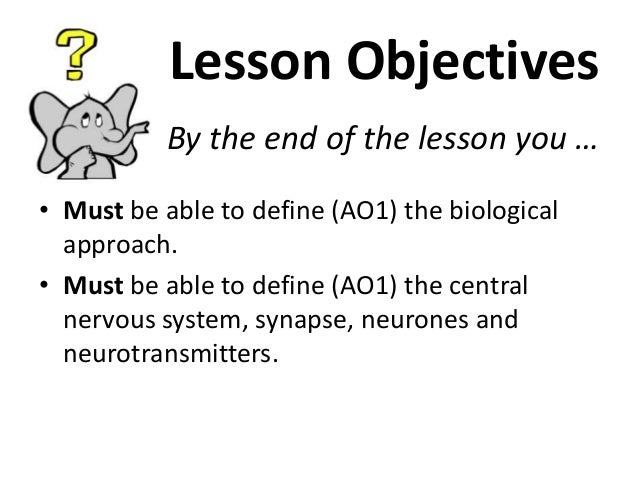

Thus, health psychology contributes to the interdisciplinary effort, and a general-yet-targeted framework is needed to help conceptualize and guide future work in understanding the specific role of psychological constructs (e.g., behaviors, cognitions) in disease development, maintenance, and treatment.Ī number of theories and models have been put forth to describe various components of medicine and health, including the biopsychosocial model which emphasizes the role of psychological and social factors in addition to biological factors in health and disease ( Engel, 1977 Borrell-Carrió et al., 2004). Ontologically, health psychology researchers, and practitioners find themselves required to attain some level of expertise (or at minimum be conversant) in not only psychology, but also immunology, microbiology, physiology, health policy, and more. Indeed, the field of health psychology is a burgeoning area of research with direct clinical applications. Whether it is the latest popular press article about the gut-brain axis (e.g., Abdel-Haq et al., 2019), mindfulness (e.g., Dahlgaard et al., 2019), or dental anxiety (e.g., Zinke et al., 2019), psychological processes have a demonstrable role in health and well-being (and vice-versa). Since their early roots, health psychology, and behavioral medicine, as fields of study and areas of practice, have grown in both breadth and depth. Contemporary uses often use the terms health psychology and behavioral medicine interchangeably. As a result, health psychology and behavioral medicine were established as unique fields of study ( Wallston, 1996). Over the next several years, the American Psychological Association (APA) established a task force to explicate the role of behavior and psychology in health-related processes, systems, and diseases ( APA Task Force on Health Research, 1976). Scientific and technological advances in 1969 led to “giant leaps for mankind,” including the publication of a paper applying psychological principles to health services ( Schofield, 1969).

The 3P framework can aid in facilitating a multidisciplinary, theoretical approach and way of conceptualizing the study and treatment of diseases in the future. This paper outlines the role of predisposing, precipitating, and perpetuating factors in disease states and conditions (the 3Ps) and provides examples of how this model may be adapted and applied to a number of health-related diseases or disorders including chronic pain, gastrointestinal disorders, oral disease, and heart disease. The aim here was to apply and adapt the 3P model, originally developed and used in the treatment of insomnia, to couch the biopsychosocial model in a way that explains how diseases develop, are maintained, and can be treated. Other models, however, do not explain how factors may interact and develop over time. Given this multidisciplinary ontology, prior attempts have been made to establish a framework for understanding the role of biological, psychological, and socio-environmental constructs in disease development, maintenance, and treatment. Health psychology is multidisciplinary, with researchers, practitioners, and policy makers finding themselves needing at least some level of competency in a variety of areas from psychology to physiology, public health, and others. 2Department of Dental Practice and Rural Health, School of Dentistry, West Virginia University, Morgantown, WV, United States.1Department of Psychology, West Virginia University, Morgantown, WV, United States.


 0 kommentar(er)
0 kommentar(er)
